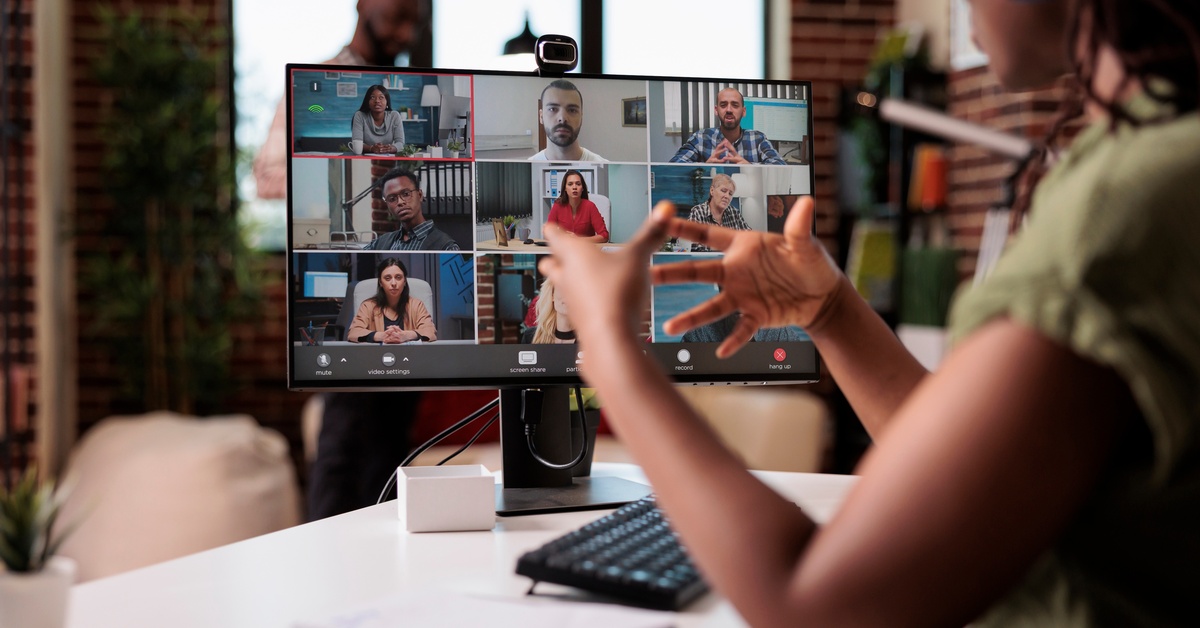It only takes one misstep. An unsecured video call, a poorly chosen messaging app, or even a single phishing email can open the door to devastating breaches. For remote teams spread across devices and networks, the potential risks multiply, making robust security not just important but essential.
Setting up secure communication for remote teams is about more than convenience; it’s about protecting your business and preserving trust. This guide will arm you with the tools, practices, and strategies needed to safeguard your team’s communication and minimize vulnerabilities. Security starts here.
Understanding the Risks of Unsecured Communication
To be a successful team, there needs to be impeccable communication. However, when communication occurs through unsecured channels, it opens the door to significant risks. Remote teams often rely on internet-based tools for collaboration, making them especially vulnerable to cyberattacks.
Unsecured communication can expose your team to threats like:
- Data breaches: Hackers intercept sensitive information, such as client details or proprietary data, through poorly encrypted communication tools.
- Phishing attacks: Malicious actors impersonate team members to trick employees into disclosing confidential data.
- Man-in-the-middle (MitM) attacks: The fraudulent interception of communication between two parties enables attackers to steal data or inject harmful content.
- Compliance violations: Non-compliance with regulations such as GDPR or HIPAA can result in substantial fines and damage to reputation.
Understanding these risks is the first step to implementing proper safeguards and reinforcing your team against potential vulnerabilities.
Key Principles of Secure Communication
 Secure communication needs a thoughtful approach, anchored in reliability, privacy, and accessibility. Keep these principles in mind while structuring your team’s communication protocols:
Secure communication needs a thoughtful approach, anchored in reliability, privacy, and accessibility. Keep these principles in mind while structuring your team’s communication protocols:
- End-to-end encryption: Ensure all communication is encrypted from sender to receiver, leaving no gaps for interception.
- Authentication and authorization: Only verified users should have access to communication tools, and even then, they should only receive the appropriate levels of access based on necessity.
- Data minimization: Collect and share only the data necessary for completing tasks, maintaining tight control over the flow of sensitive information.
- Monitoring and accountability: Secure channels should offer logging and reporting mechanisms to monitor access and activity.
- User-friendliness: Security measures should be intuitive and not interfere with your team’s day-to-day operations.
These principles form the foundation for secure communication within any remote team, enabling smooth collaboration without compromising privacy.
Choosing the Right Tools for Secure Communication
The tools your team relies on are vital to securing communication, and not all options on the market meet the mark. Prioritize platforms that offer end-to-end encryption, such as Signal or Microsoft Teams, to ensure your messaging and video calls remain private. For secure file sharing, tools like Google Drive or Dropbox can be effective when encrypted settings are enabled.
Additionally, if your team frequently uses mobile devices, a private mobile network offers a robust way to safeguard sensitive communications against external threats. Selecting trustworthy tools is critical, but their proper configuration and effective usage are equally essential for maintaining a secure environment.
Implementing Secure Communication Practices
Securing communication does not stop at implementing the right tools. It’s also about enforcing effective practices throughout your organization.
Establishing a Security Policy
Develop clear guidelines that outline expected behaviors, the use of approved tools, and protocols for handling sensitive information. Your team’s security policy should be comprehensive and easy to access.
Training Employees
Equip your team with knowledge about security protocols, phishing tactics, and how to use encryption tools effectively. Regular training ensures vigilance and reduces the likelihood of accidental mistakes.
Using Multi-Factor Authentication (MFA)
MFA adds an extra layer of security by combining something the user knows (password), something they have (a mobile device or key), and sometimes something they are (biometric identification). This ensures only authorized personnel gain access to critical communication tools.
Regularly Updating Software
Outdated tools and platforms are among the weakest links in securing communication. Encourage your team to routinely update software to the latest versions and protect their devices from known vulnerabilities.
By weaving these practices into day-to-day operations, you can elevate your team’s security posture and create stronger barriers against potential threats.
Securing Remote Work Devices
 Every device used by your team, from laptops to smartphones, is a potential entry point for attackers. Ensuring the security of remote work devices is paramount.
Every device used by your team, from laptops to smartphones, is a potential entry point for attackers. Ensuring the security of remote work devices is paramount.
- All devices should use strong, unique passwords that team members regularly change.
- Equip team members with VPNs (virtual private networks) for secure, encrypted internet connections, especially when using public Wi-Fi.
- Deploy antivirus and anti-malware solutions to guard against cyber threats.
- Utilize MDM (Mobile Device Management) tools to monitor, encrypt, and remotely wipe lost or stolen devices.
Ensuring Compliance With Data Protection Regulations
No remote team leader can afford to ignore data compliance. Regulations such as the GDPR, CCPA, and HIPAA demand robust security measures to protect user and client data. Here’s how to ensure compliance:
- Understand the requirements of the regulations that apply to your industry.
- Implement data encryption and limit access only to essential personnel.
- Regularly audit and document your security measures to demonstrate compliance.
- Notify affected parties promptly in the event of a data breach.
Adhering to these rules is about avoiding penalties and demonstrating your organization’s commitment to privacy, which builds trust with your clients and employees.
Monitoring and Responding to Security Incidents
No system is entirely immune to threats, which is why monitoring and responding to security incidents must be a priority. Implement alerts to detect unusual activity or unauthorized access in real time, and establish clear procedures for identifying, containing, and resolving breaches promptly.
Once an incident is resolved, assess what went wrong and take preventative measures to avoid similar vulnerabilities in the future. Combining proactive monitoring with a well-structured response plan equips your team to recover swiftly and limit the impact of any security events.
Setting up secure communication for remote teams is non-negotiable in today’s interconnected world. With the help of Connecta Mobile’s guide, you can effectively protect your team and business against cyber threats.
Now is the time to act. Review your existing systems, identify potential vulnerabilities, and take steps to secure your remote team’s communication channels. Remember, each step you take reduces risks, builds trust, and sets the stage for continued success in a digital-first landscape.
Connecta Mobile delivers the expertise you need to protect your business. With our private mobile networks, you can ensure that sensitive collaborations remain secure and protected from external threats. Don’t leave your team’s safety to chance—partner with Connecta Mobile today and build a communication system you can trust.
